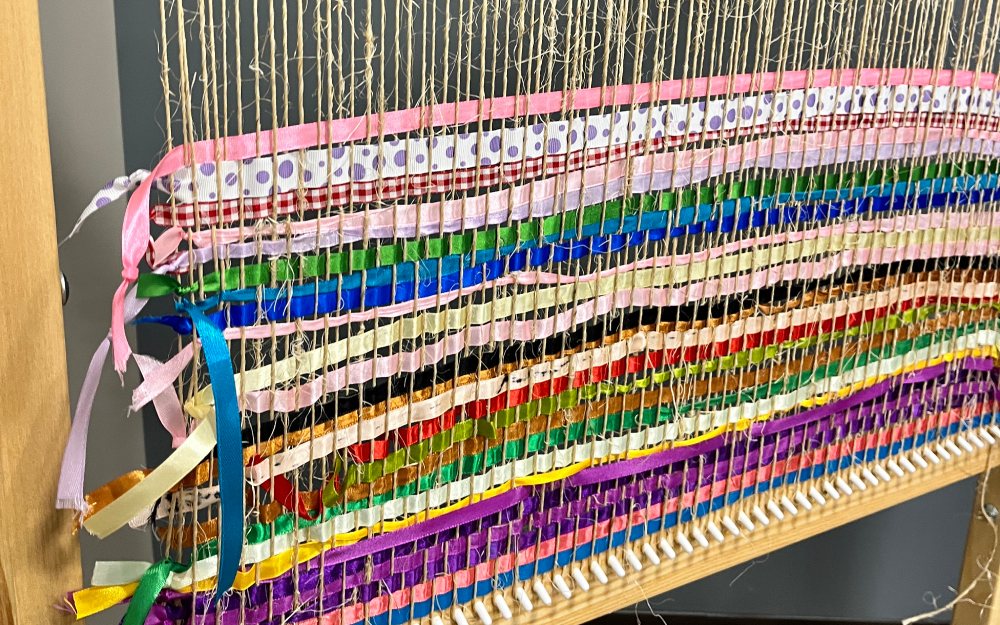
Former adolescent patient maintains her mental health 10 years after treatment
04/20/22 05:55:pmLily says she struggled with anxiety her entire life, and it got increasingly worse in her teenage years.
“By my sophomore year I had a really hard time going to school or leaving the house in general,” says Lily, who participated in OCD and Anxiety adolescent residential care. “I had a lot of panic attacks. I’m naturally outgoing, but I had social and health anxiety, like fear of vomiting. I would get nauseous when I would become anxious.”
After her mom found Rogers, Lily started residential care in 2011 and turned 16 during her nearly three-month treatment stay.
Ten years later, Lily credits Rogers’ evidence-based treatment for enabling her to maintain her mental health.
“The key for me was figuring out the root of my anxiety,” says Lily. “Through cognitive behavioral therapy and talk therapy, I realized I had a negative self-image and was constantly comparing myself to other people. I had no idea that was happening.”

Lily says she noticed negative thought patterns while keeping track of her anxiety.
“We had to mark each time we had an anxious thought and each time we resisted it,” she explains. “I realized every thought in my brain was comparing myself to others. Becoming aware of that has stuck with me. Now when I compare myself to other people, which isn’t more than the average person, I have the perspective of my time at Rogers to understand how that can contribute to anxiety and negative self-image. I can take myself out of that moment more easily than I could before. “
Lily says exposure and response therapy also helped her make positive changes.
“I used to be a people pleaser. I could never say no because it gave me so much anxiety if I wasn’t making someone happy,” she says. “I couldn’t say ‘thank you,’ ‘please,’ or ‘I’m sorry’ the entire time I was at Rogers. I also had to look at pictures of myself. The exposures were really motivating for me. I don’t know if you could be where I am 10 years out without putting in the work.”
“Wow! That was 10 years ago,” says Peter Lake, MD, medical director and psychiatrist at the OCD and Anxiety Adolescent Residential Care Center. “I remember Lily like it was yesterday.”
Dr. Lake takes pride in Rogers’ treatment and his team.
“We have been very fortunate to have the full support to develop and implement all the multimodal therapies that are needed in cases like Lily’s: individual psychotherapy, family therapy, group therapy, experiential therapy, art therapy, and cognitive behavioral therapy,” says Dr. Lake. “Of course, the fabulous passion and teamwork necessary for the engagement and development of a therapeutic community is our ‘secret sauce’ in many ways.”
Dr. Lake is grateful to hear about Lily’s continued success after treatment.





